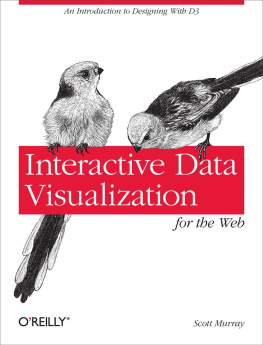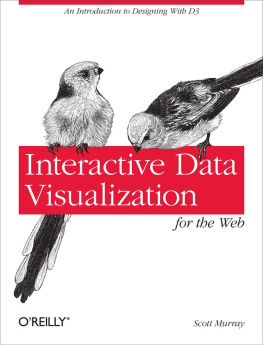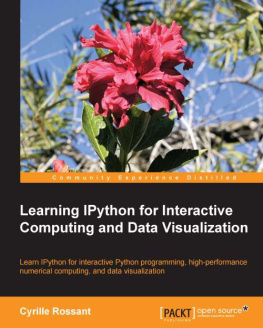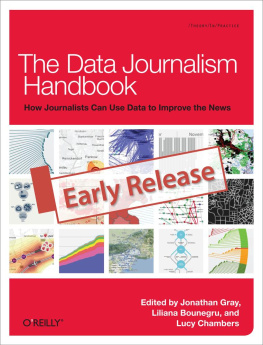Interactive Journalism
Hackers, Data, and Code
NIKKI USHER
2016 by the Board of Trustees of the University of Illinois
All rights reserved
Manufactured in the United States of America
1 2 3 4 5 C P 5 4 3 2 1

This book is printed on acid-free paper.
Library of Congress Cataloging-in-Publication Data
Names: Usher, Nikki, author.
Title: Interactive journalism : hackers, data, and code / Nikki Usher.
Description: Urbana : University of Illinois Press, 2016. | Includes bibliographical references.
Identifiers: LCCN 2016012934 (print) | LCCN 2016023445 (ebook) | ISBN 9780252040511 (hardback) | ISBN 9780252081989 (paperback) | ISBN 9780252098956 (e-book)
Subjects: LCSH: Online journalism. | JournalismTechnological innovations. | BISAC: LANGUAGE ARTS & DISCIPLINES / Journalism. | SOCIAL SCIENCE / Media Studies. | BUSINESS & ECONOMICS / Industries / Computer Industry.
Classification: LCC PN4784.O62 U64 2016 (print) | LCC PN4784.O62 (ebook) | DDC 070.4dc23LC record available at https://lccn.loc.gov/2016012934
To Brinton Henry Layser
Preface
This book did not begin as a study of the subspecialty of interactive journalism. Initially, scholar Seth C. Lewis and I began working on what we saw as an intersection of journalism and technology in summer 2011. When we started looking into this research area, we were initially surprised by what seemed to be the dawning of a new era in journalism: Mozilla, the tech company best known for its Web browser, had gotten together with the Knight Foundation to sponsor a contest that would eventually place five fellows in top newsrooms across the country. Other movements were proliferatingthe Hacks/Hackers group was emerging, with journalists calling themselves hacks, and programmers, hackers, working toward the goal of bringing together these two occupations to improve journalism. Columbia and Northwestern Universities had just added computational journalism classes to teach students programming, and Northwestern had a special program offering scholarships for programmers to come to journalism school.
From June 2011 to September 2015, I conducted research for the book, in the early stages along with Seth. But I found that there was less an intersection from true outsiders than a growth and expansion of journalism itself. There were very few people from the programming and tech worlds who were consistently planning to dedicate their lives to news, particularly to traditional journalism. The tech industry had not suddenly become invested in journalism, though there were some outliers; when it had moved in that direction, it was in the service of traditional journalism. But there was a dedication in journalism among some of its most forward-thinking advocates to increase the prominence and importance of programming and data journalism via computation and visualization in news.
Thus, the current project became a study of how traditional journalism was trying to respond to the changes and challenges it faces. We saw that integral to every discussion of code and programming for traditional journalism was the rise in importance of a new type of news: interactive journalism. And we saw that there were changes in staffingnew people with new technical chops who were treated with great respect and authority in the newsroom, amid the hopeful industry discourse about what these journalists might bring. Wider interest in programming and journalism became centralized inside the traditional news industry itself, so I looked to the most obvious and tangible site of its instantiation: inside traditional journalism, the focus you will see here.
Because this book seeks both academic and non-academic audiences, the , which offers key insights into how interactives are changing storytelling, an angle that may be particularly useful for getting students excited about coding and other digital skills.
I know some journalists are going to read this with a critical eye, and some will likely disagree with my arguments, yet such reaction will mean that my work has been the cross-species text between academics and journalists that I intend it to be. Journalists, who are more accustomed to immediate datathe kind gathered for storiesshould be aware that academic research is much more drawn out over time, often over many years. Change has happened since I began this research, and when possible, I have attempted to document where changes might make for different observational patterns if conducted upon final manuscript submission. But to keep a constant update would be outside my scope, which is to take a snapshot of an emerging subprofession and attempt to document its origins, norms, and practices, adding a dose of theoretical inquiry into how this might depart from or enhance current understandings about the profession of journalism as a whole and, more generally, about the sociology of professions. Academics ask different kinds of questions and approach our work with different methodologies. The sociological approach to academic research I've taken here has been from the outside looking in, one might sayand it is the job of the academic to use this distance to make observations those in the field might not see, might not be able to see, or might not think of themselves. These assessments will be different simply by virtue of the fact they are thought about and recorded by an outsider. The methodology section toward the end of the book (just after the conclusion) will illuminate this dynamic further. Please note that all professional titles are current as of when the interviews with participants were conducted.
Acknowledgments
This book could not have been completed without Seth C. Lewis, whose help in the early part of the research and the early stages of the book was invaluable. Indeed, this book was at the proposal stage a joint venture, later taking on its present form as I changed direction. Nonetheless, if you know Seth's work, you are likely to see the influence of his thinking here. I am quite fortunate to have had the chance to work with such a brilliant, generous, thoughtful, and meticulous colleague.
I would also like to thank Danny Nasset for being interested in this project early on (what now seems very early on) and for staying interested in the work as it navigated through various twists and turns to become what it is today. His patience, guidance, and feedback, along with his excellent choice of reviewers, have helped shape this book into its present form.
Wilson Lowrey at the University of Alabama stepped in as my first reader. I was named an emerging scholar by the Association for Education in Mass Communication and Journalism, and the program promised a stipend for research support, assistance with getting to the annual conference, and, most important, a mentor. I unabashedly asked to work with Wilson because I knew he has tremendous experience writing about emerging subfields. Wilson was busier than ever working as an administrator, but he stepped in to be a reader for every single chapter of this book and provided extensive feedback. So thank you, Wilson.
I have to thank also the people who can only be described as my compadres in the journalism studies world, especially: Matt Carlson, who read parts of this book and also dealt with some new-parent freak-outs; Chris (C. W.) Anderson, who was always on hand for a question and ready reply for my insecurities, methods reflexivity, and impostor syndrome; Sue Robinson, who convinced me I could write the history chapter and provided advice without which my child may have never gone to sleep; Nick Diakopoulos, who never laughed at me except when he did, and answered ten million questions; and Matthew Powers, who asked me why any of this was interesting at all and who gave me a chance to look at this question because he had grown tired of this specific research. I extend additional thanks to: Lucy Morieson (for reading the entirety of this book while nine months pregnant and sick), Mark Coddington (for reading the entirety of this book at the very last minute and providing a much-needed gut check), Daniel Kreiss, Avery Holton, Josh Braun, Valrie Blair-Gagnon, and Rasmus Kleis Nielson; also to the 750-word Facebook fist-bumpers: Karin Wahl-Jorgenson, Katy Pearce, Julia Himberg, Erin Sheley, James Losey, Julia Sonnevand, Lauren Delacruz, and Patrick Merle (and also to Buster Benson, for creating 750words.com).



 This book is printed on acid-free paper.
This book is printed on acid-free paper.

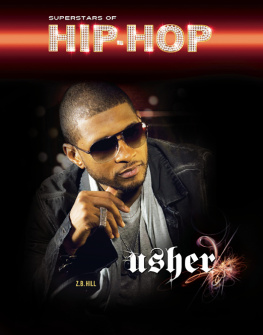

![Scott Murray [Scott Murray] - Interactive Data Visualization for the Web, 2nd Edition](/uploads/posts/book/120518/thumbs/scott-murray-scott-murray-interactive-data.jpg)
